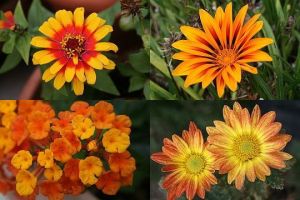I think it is amazing that in the year 2012, there would be a contentious debate going on in this country regarding the rights of consumers to know whether or not their food contains genetically modified organisms (GMOs). This controversy will appear on the ballot in the upcoming California general election. If passed, it will require “labeling of foods sold to consumers made from plant or animals with genetic material changed in specific ways”. It also would prohibit “marketing such foods, or other processed food, as ‘natural’.
Proponents of Prop 37 voice concerns that GMOs have been linked to allergies and other health problems, while opponents of the measure state that there is no scientific evidence that processed food with traces of GMOs pose a danger to humans. The major issue posed by the opponents lies in the costs of regulation and verification, which would be the responsibility of the retailers and an undue burden to smaller stores and businesses.
The amazing part of this debate is that there is such a discussion going on questioning consumers’ rights to know what is in their food. Also, I find it interesting that this is a big issue in America while 50 other countries in the world (which represents 40% of the world’s population) presently require GMO labeling. These countries include all of Europe, Japan, India and China. Also polls here show that 90% of Americans want to know if their food is genetically engineered.
In our present tumultuous political climate, we hear politicians at all levels making promises about what they will do for us and our country if elected. Maybe we all should take a step back and question how these people want to help us in all these other areas but are willing to bend to big business and violate such a basic right as access to information regarding the contents of the food we eat. We have the right to make informed decisions about our nutrition and it is up to us ensure this is the case and that our rights are not violated. This is 2012, not the dark ages. Access to facts on our food content is crucial to being able to live green, be green.


